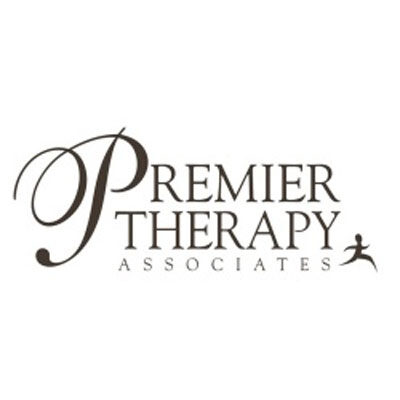What is amyotrophic lateral sclerosis (ALS)?
Amyotrophic lateral sclerosis (ALS), also known as Lou Gehrig’s Disease, is a disease of the brain that attacks the nerve cells (neurons) that are in control of voluntary muscles. This disease is part of a group of motor neuron disorders (e.g., muscular dystrophy, multiple sclerosis, Parkinson’s disease) that can gradually and eventually lead to the deterioration and loss of motor neurons, which are nerve cells found in the brain, brainstem, and spinal cord. These motor neurons link the nervous system to the muscles in the body.
Imagine doing everyday activities, like brushing your teeth. First, the motor neurons in the brain (upper motor neurons) have to send a message to the motor neurons in the spinal cord (lower motor neurons). After this, the lower motor neurons can send the message to the muscles that are used to brush your teeth such as your arms or mouth. What ALS does is cause both of the upper and lower motor neurons needed for normal, everyday movement to deteriorate or die, and the brain and spinal cord are unable to send messages to the body’s muscles. The muscles, which are unable to function, gradually atrophy (waste away) and fasciculate (twitch).
ALS affects only the motor neurons; it does not cause any impairment of the individual’s mind (personality, intelligence, memory, and self-awareness.) The senses of sight, smell, touch, hearing, and taste remain undamaged as well.
What are some signs or symptoms of ALS?
The first symptom of ALS is the impairment of the individual’s ability to speak loudly and clearly, and eventually the complete prevention of speaking. Some of the earliest speech-related symptoms of ALS may include:
- nasal speech (talking out of your nose)
- weak, tight, or stiff speech muscles make pronunciation difficult (dysarthria)
- difficulty with lengthy sentences or conversation
Weakened breathing muscles causes difficulty for patients to speak loudly enough to be understood. Extensive muscle atrophy may eventually completely eliminate one’s ability to speak.
Patients may also have a difficult time with chewing and swallowing. Only some food consistencies may be affected at first, but it may gradually become difficult for the patient to swallow eeven pureed foods and saliva. People with ALS are easily fatigued and may not have enough energy to eat an entire meal. These factors can make it hard to sustain a healthy nutrition and weight. Doctors may find it necessary to insert a feeding tube into the person’s stomach in order for them to receive enough nutrition.
In some cases, the initial symptoms affect only one leg or arm. Patients may have a difficult time walking or running, and stumble. They may have a hard time with lifting objects or tasks that require manual dexterity (e.g., buttoning a shirt, tying a shoe, turning a key). Eventually the individual will be unable to stand or walk, get in and out of bed without help, or use hands and arms to perform activities of daily living, such as washing and dressing.
How is ALS diagnosed?
ALS is difficult to diagnose as there is no specific laboratory test. The diagnosis is made using clinical findings along with electrodiagnostic study results and the absence of evidence of other disorders. According to the diagnostic guidelines of the World Federation of Neurology, lower motor neuron deterioration must be detected by clinical electrophysiological or neuropathologic examination, signs of upper motor neuron degeneration by clinical examination, and progressive spread of signs within a specific area of the body or to other specific areas.
What treatments are available for people with ALS?
There is currently no cure for ALS. However, doctors are learning more about its causes and treatments as more research on brain diseases is conducted. Through research, medications have been developed. Riluzole, an antiglutamate agent, is the first FDA-approved drug for the treatment of patients with ALS. Riluzole is not a cure; however, the results of clinical trials have shown some promise in prolonging life, especially with bulbar patients. Currently, it is typical to assess the potential additive or synergistic affects of drug combinations to see if two or more drugs are more successful than one alone.
As with any incurable disease, the best treatment for ALS is symptom management (also referred to as palliative care ). According to the World Health Organization, palliative care is active care of the total patient. The best treatment for individuals with ALS is done through multidisciplinary clinical teams that are specialized in neuromuscular disorders. Symptoms that occur over the course of the disease process are dealt with through intervention. The ALS Association and the Muscular Dystrophy Association sponsor clinics in many U.S.cities.
